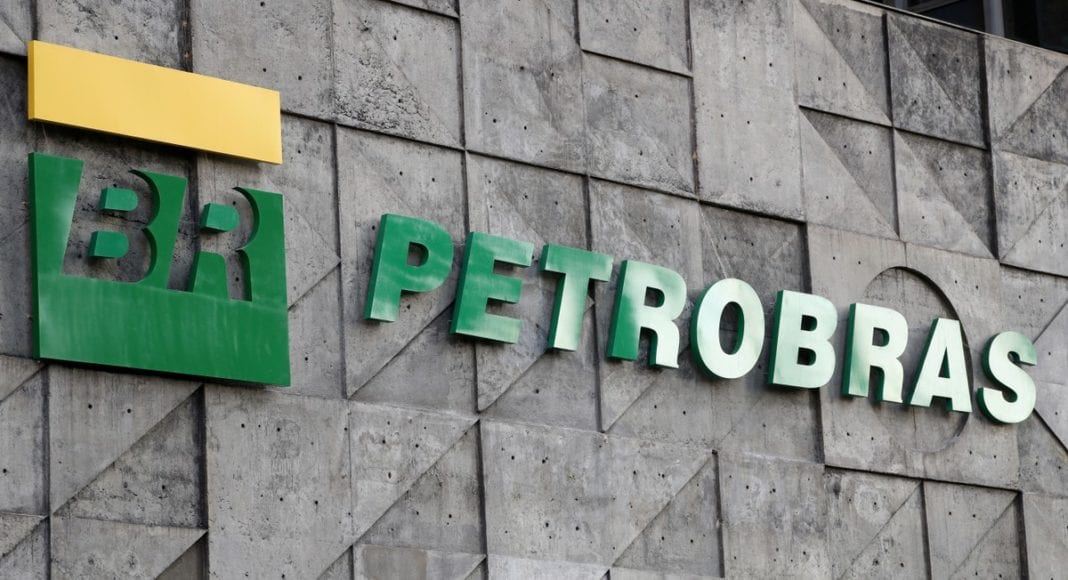Brazilian oil company Petrobras said Friday its third-quarter crude oil and natural gas output was 16.5% higher year on year, amid record-setting production from subsalt fields.
State-led Petrobras, which has been was completing the installation of seven new floating production units, produced 2.794 million b/d of oil equivalent in the third quarter from domestic fields. Oil and gas output was up 9.5% from the second quarter.
The surge “reflected the entrance of new production wells in the Buzios and Lula fields, in line with our strategy to concentrate efforts on assets that generate the greatest returns for shareholders,” Petrobras said.
Petrobras installed seven new floating production, storage and offloading vessels in 2018 and 2019, including the FPSOs P-74, P-75, P-76 and P-77 at the Buzios Field, the P-67 and P-69 at the Lula Field and the FPSO Campos dos Goytacazes at the Tartaruga Verde Field over the past two 18 months.
The new FPSOs were reaching full output capacity more quickly, Petrobras said. The FPSO P-69 at the Lula Field reach full capacity of 150,000 b/d in 10.3 months, while the FPSO P-76 at the Buzios Field achieved full output in 7.7 months, Petrobras said.
The additional production capacity at Buzios and Lula, the country’s top two oil and gas producers, lifted subsalt output to fresh record highs during the quarter, Petrobras said.
Subsalt fields produced 1.367 million boe/d in the third quarter, an increase of 40% from the year-ago period and 17% from the second quarter.
Subsalt fields set a fresh record for average monthly output of 3.0 million boe/d in August. In addition, the company set a fresh daily production record of 3.1 million b/d on an unspecified date during the month, Petrobras said.
Buzios, the first of the transfer-of-rights fields to come onstream, added four new production wells during the quarter. The field is now Brazil’s second-biggest producer after overcoming initial technical issues related to each of the FPSO’s massive gas-processing plants. Buzios also features the country’s top-producing well in Brazil, flowing more than 48,000 boe/d.
Additional subsalt production capacity will be added in the fourth quarter, Petrobras said. The FPSO P-68 left a local shipyard in September and is currently undergoing anchorage operations at the Berbigao and Sururu fields.
First oil was expected in the fourth quarter, Petrobras said. The field will feature 11 wells, including eight producers and three injection wells, Petrobras said. Five of the wells are ready to be connected to the FPSO for the production start-up.
Onshore, shallow water declines
Petrobras’s output from other assets onshore and offshore above the subsalt layer continued to trend lower year on year amid the increased focus on the more-prolific subsalt frontier, company data showed.
Oil and gas output from deep-water and ultra-deepwater fields above the salt layer slipped 4.9% year on year to 706,000 boe/d in the third quarter. The company, however, registered a 0.8% increase from 700,000 boe/d in the second quarter, Petrobras said.
The quarter-on-quarter advance came amid new efforts to boost efficiency at older platforms in the Campos Basin and the connection of new production wells to the FPSO Campos dos Goytacazes installed at the Tartaruga Verde Field, which partly offset the ongoing natural declines seen at the company’s mature assets, Petrobras said.
Onshore production, where the company has put many of its assets up for sale, also fell year on year while squeaking out minimal quarter-on-quarter gains.
Petrobras pumped 123,000 boe/d from onshore assets in the third quarter, a decline of 6.3% year on year, the company said. Onshore output was up 0.7% from 122,000 boe/d in the second quarter.
Shallow-water production, meanwhile, averaged 69,000 boe/d in the third quarter, down 23% from the year-ago period but up 9.8% from the second quarter, Petrobras said.
The company wants to exit shallow-water production offshore Brazil, saying the area was now considered “non-core” and the object of divestment plans.
Petrobras has more than 100 onshore and offshore mature assets up for sale under its $26.9 billion divestment plan for 2019-2023.



